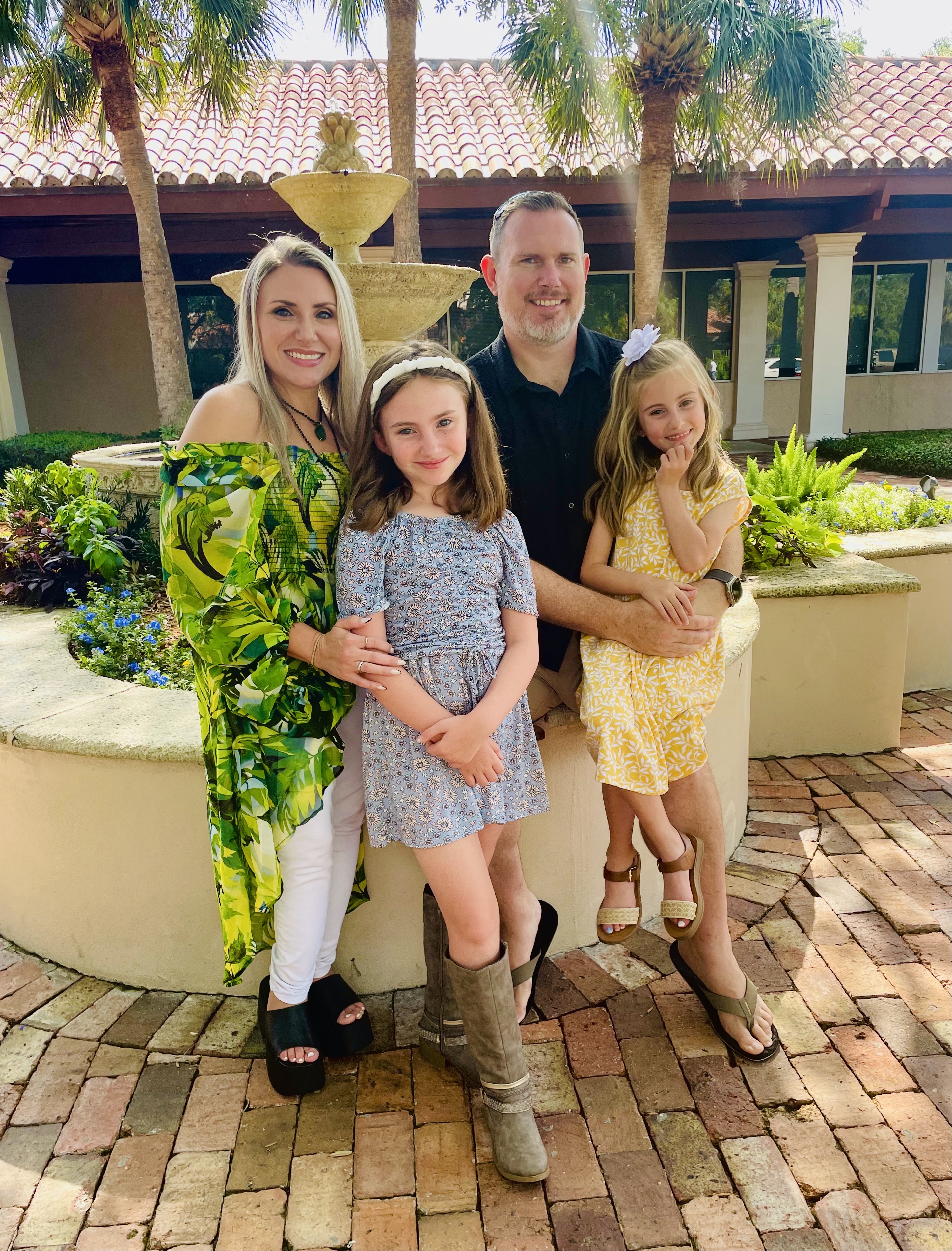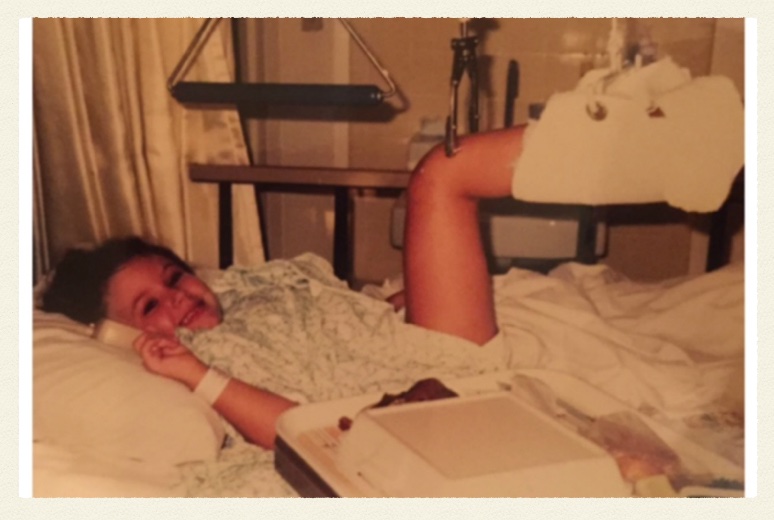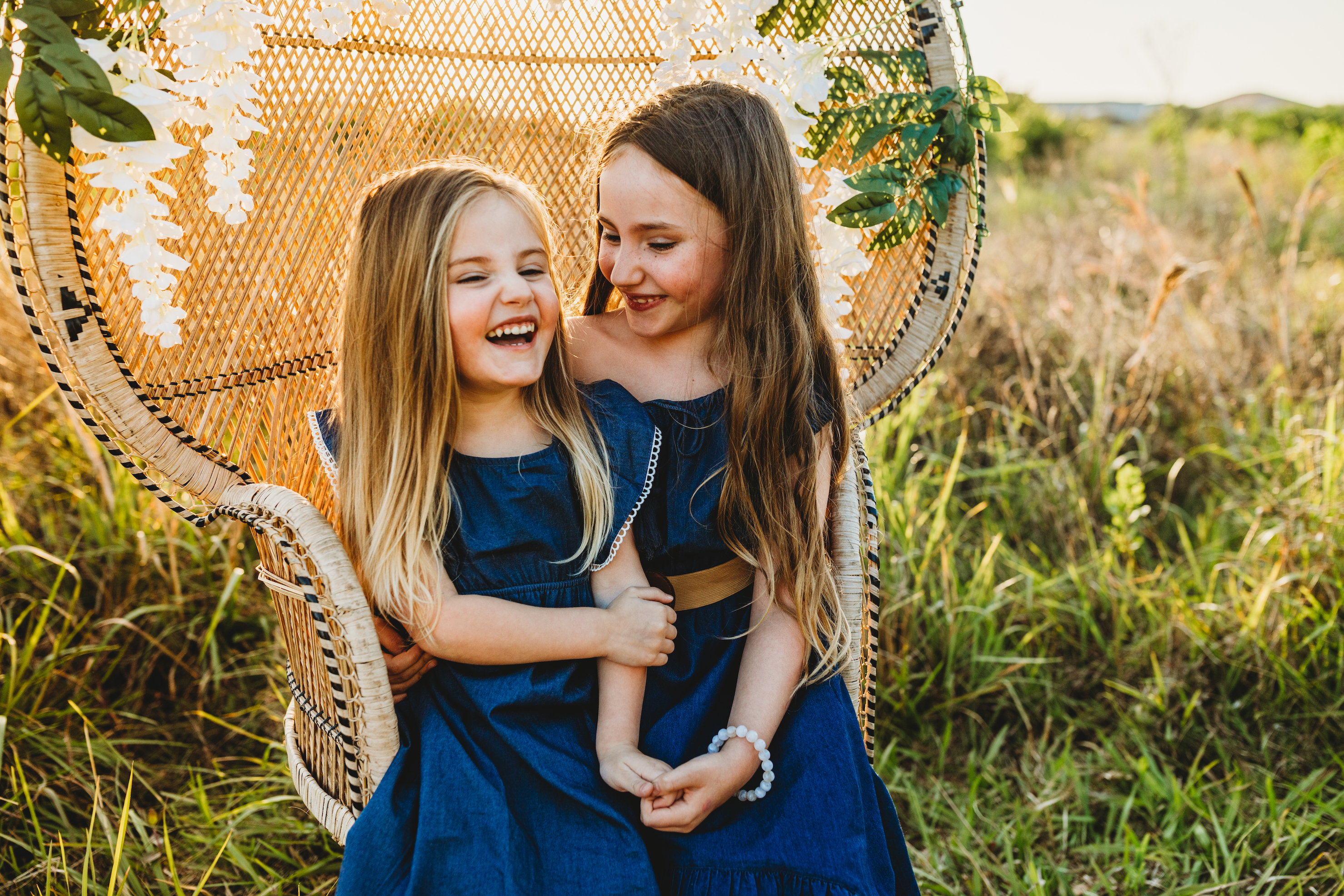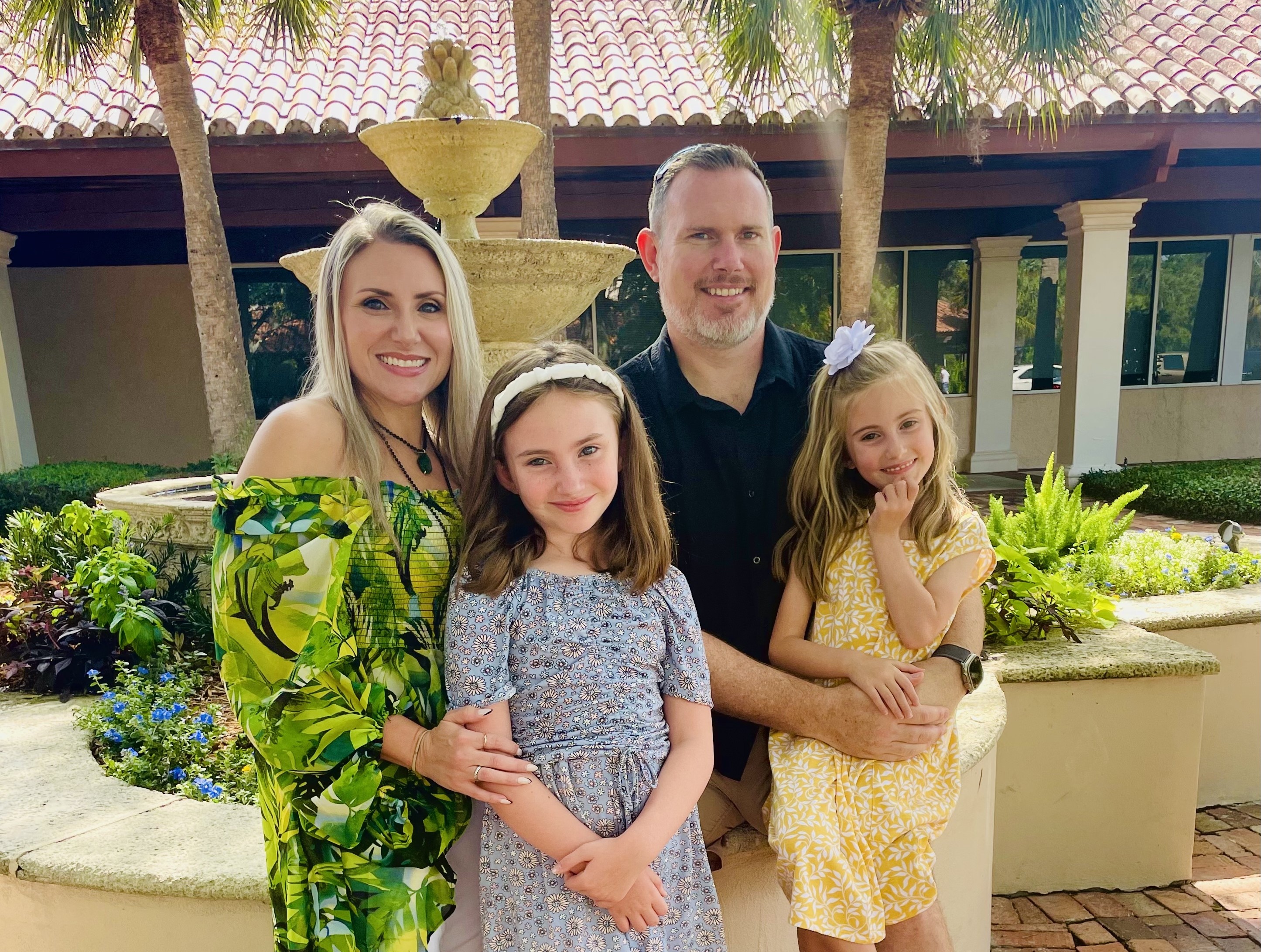Introduction:
Osteogenesis Imperfecta (OI) is a rare, genetic bone disorder characterized by fragile bones that fracture easily. OI is estimated to affect between 1 in 6,500 and 1 in 30,000 people globally.
There are multiple types of OI, and the characteristics vary greatly from person to person, even among people with the same types of OI and within the same family. Whatever the type, each person living with OI carries with them the significant and painful burdens that this condition brings to everyday life. There are currently no approved treatments for OI in the U.S., although Ultragenyx and others are studying potential treatments.
Michelle Fynan, Ph.D. is an experienced psychotherapist with a passion for advocacy, quality healthcare and access for all. In this guest blog post, Michelle shares stories from her life growing up with OI and how her experience informs how she parents her two daughters, aged five and eight, who also have OI.

PHOTO: Michelle Fynan (left) with her husband and daughters
Living with osteogenesis imperfecta (OI) has shaped my life in too many ways to count. All the challenges, fractures, surgeries and recoveries have led me to embrace being adaptable in a world that is inherently risky. I’ve learned everyone must decide for themselves what risks they believe are worth taking – whether that’s pursuing a physically demanding sport, going after your dream job or participating in a clinical study for an investigational treatment.
Growing up, my family had never encountered anyone with OI before my diagnosis. In fact, they hadn’t even heard of it – that’s understandable, since only a couple hundred babies are born with OI each year. When I was around two years old, I broke my leg for the second time, simply from moving. My doctor also noticed my sclera – the white, outer area of the eye – had a distinctive blue hue, which is a common characteristic of OI. After assessing me further, my doctor diagnosed me with OI, assuring my parents that it appeared to be a mild form of the disease known as type I.
Even though my parents were cautious and careful, I ended up breaking my bones countless times—somewhere around 30 or more fractures. And including the breaks in my fingers and toes would bring the number closer to one hundred.
I ended up breaking bones countless times—somewhere around 30 or more fractures. And including the breaks in my fingers and toes would bring the number closer to one hundred.
Throughout my life, I have gone through several major surgeries to repair fractures, spending weeks in recovery each time. I relied on a wheelchair until my junior year of high school, not only due to the ongoing fracture cycle but also because of the intense anxiety and post-traumatic stress disorder (PTSD) resulting from my experiences living with OI. For me, using a wheelchair was a way to navigate life with fewer difficulties, albeit in a different form.

PHOTO: Michelle recovering from one of many fractures she experienced throughout her childhood
During this challenging time, my parents connected with the OI Foundation, which quickly became an extended family for us. Back then, the general belief about drug treatments for mild OI like mine was that the perceived risks outweighed the benefits. I even spoke with people who had experienced adverse effects from some therapies, further cementing my skepticism about drug treatments at the time.
Fast forward to 2014 when my husband and I faced the daunting task of navigating pregnancy with OI. Our concerns grew when, during one of many ultrasounds, we discovered that our first daughter, Addison, had a fractured femur in utero. This fracture occurred without any trauma to my abdomen, suggesting that she, too, had OI. Despite our knowledge of the disease and understanding of genetics, we were terrified. Once Addison was born, we were relieved to see that she was stronger than we were prepared for, and she happily hit all her developmental milestones.
During one of many ultrasounds, we discovered she had a fractured femur in utero.
We chose to expand our family again in 2017, and scan after scan showed no evidence of OI in utero for our second daughter. But when Avery was born, we noticed that the sclera of her eyes was also that familiar blue. We now had two fragile children to keep safe in this world, on top of navigating my own physical safety. As they grew, my husband and I found ourselves embracing a “helicopter parent” role, hovering anxiously over their every move.
Living with OI has been a different experience for them than it was for me. I had many repetitive leg fractures as a toddler, with most breaks occurring from a simple slip and fall. But these two adventurous girls have taken spills in ways that would have resulted in a trip to the hospital for me, only to get back up and keep going about their day. I used a wheelchair for mobility and had difficulty walking let alone running. So being able to watch my daughters run on the beach and dance up on their toes in ballet class has been an anxiety-provoking delight.

Photo: Michelle’s daughters, aged five and eight
I’ve had to learn how to step out of my helicopter parent role and allow them to be free to decide what activities are worth the risk of possibly fracturing. I’ve also had the pleasure of teaching them how to advocate for what they need, whether it’s taking a rest during ballet practice or letting a teacher know that the activity they’re being told to do in gym class doesn’t feel safe for them.
Currently, there is no cure for OI. Any treatment that is recommended is still largely investigational, and the OI community is faced with unanswered questions. Given the limited options that exist today, each family must take on the heavy burden of working alongside their medical care team to weigh the risks and rewards of these treatment decisions.
Growing up with a rare disease, I learned very early on that the adults and medical professionals I looked up to and relied on for care were often unsure of how to support me. But from this difficult realization I also learned how to boldly trust myself and my intuition. That inner knowing has guided me in every decision I’ve made, especially when my husband and I were deciding to become parents. You can imagine how heartbroken I was to learn that OI was inherited by both of my daughters, but my intuition told me they would be okay.
Their love for life and their contagious laughter, even while injured, reminds me they’re more than okay. And they’re old enough now to tell me about their thoughts on their own experience of living with OI, and they both share that they love who they are – OI included. I believe that’s every parent’s dream. But another dream I have as a rare-disease mom, is for my children to be able to enjoy their lives to the fullest without being hindered by unnecessary injuries and pain with the help of science.
They love who they are – OI included. I believe that’s every parent’s dream.
As new treatment options and clinical trials emerge, I am excited for the possibilities they may bring for my daughters, myself, and the entire OI community. Despite the hardships, I am proud of how my husband and I have raised our daughters, teaching them to listen to their bodies, trust themselves and take calculated risks. Today, I delight in watching them pursue their passions as they dance through life, and I am filled with hope for a future where more effective treatments and support networks exist for people living with osteogenesis imperfecta.
Michelle Fynan, Ph.D. is a psychotherapist based in Florida, U.S.
For more information about Ultragenyx’s investigational treatment for OI, U.S. residents can learn more by visiting ultraclinicaltrials.com.




